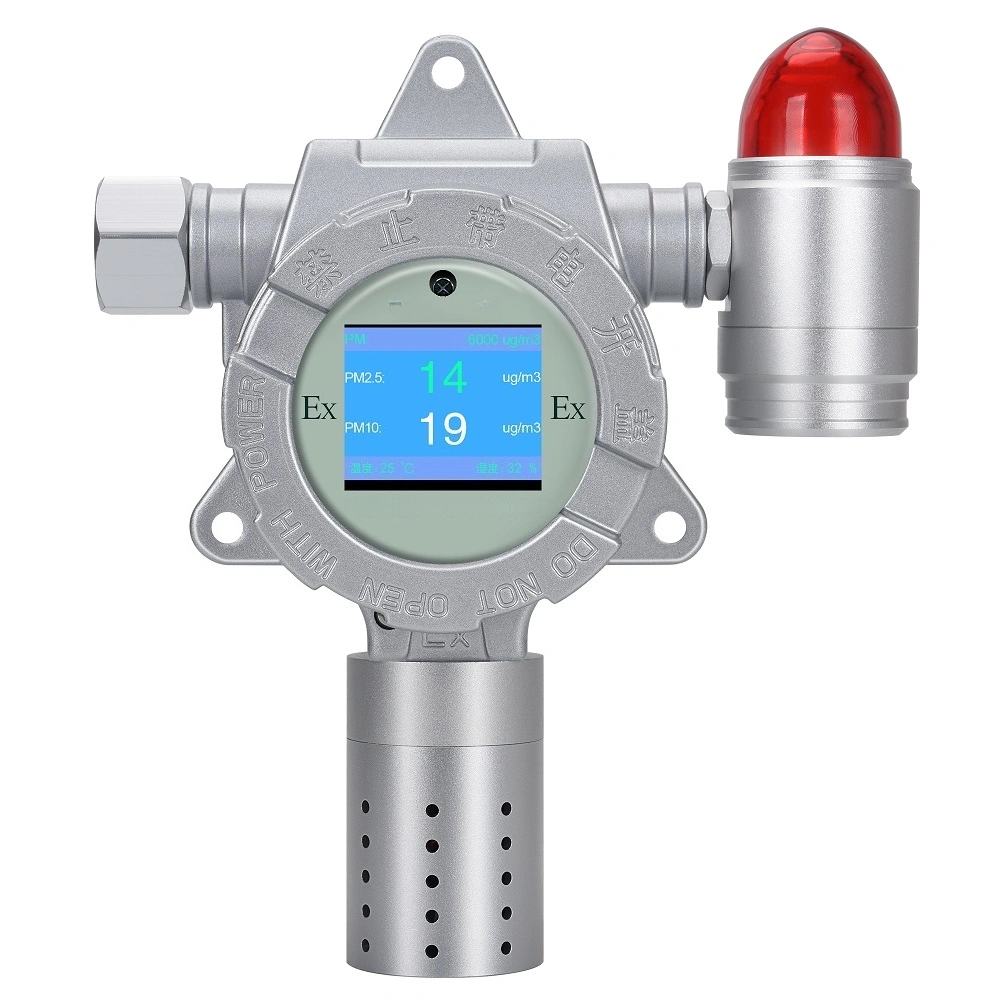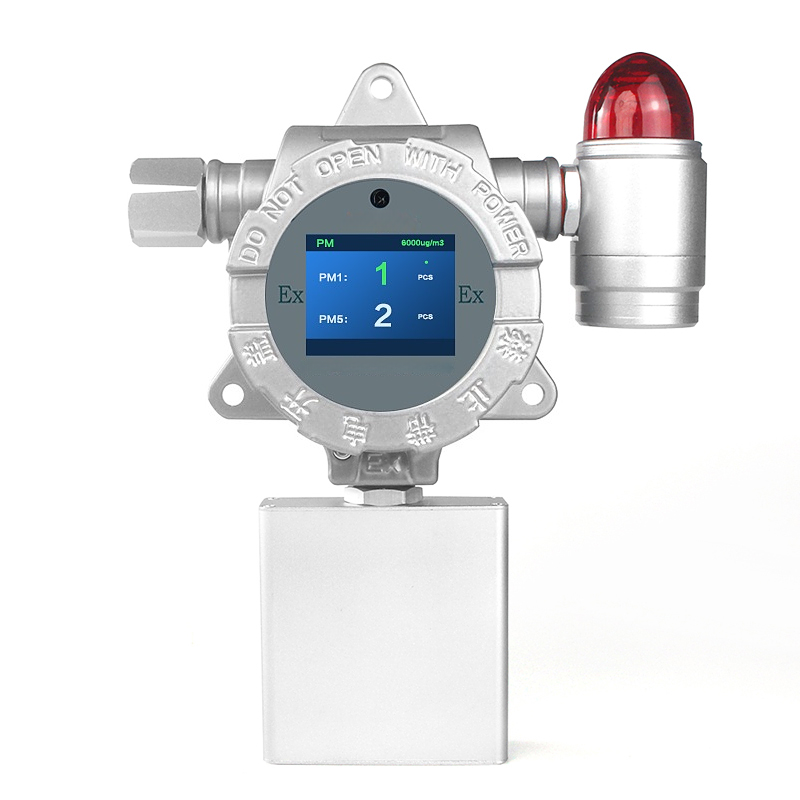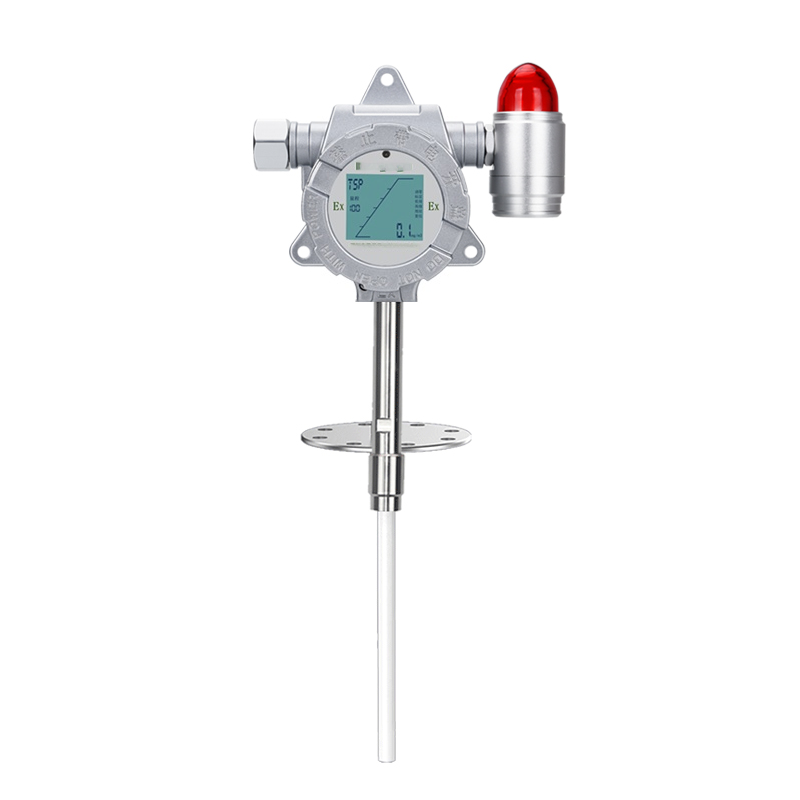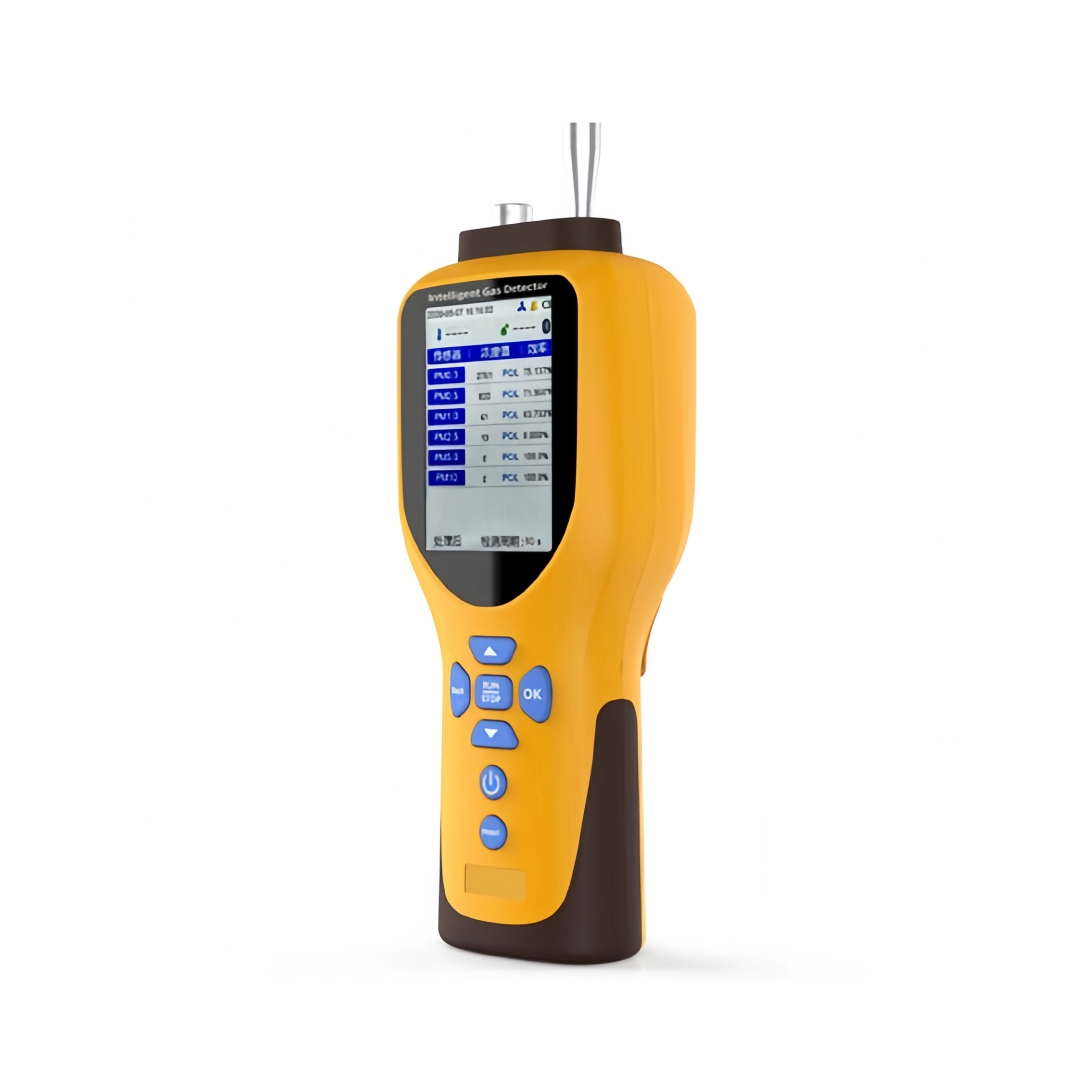Dust monitor, also called Dust detector, is a monitoring equipment used to measure the concentration of particulate matter in the air. Dust, smoke, PM2.5, coal powder, flour, dust, smoke, graphite, manganese dioxide, quicklime, etc. can all be monitored.
Sino-Inst offers a full range of dust monitoring equipment to help you and your team measure air quality in industrial sites, construction sites, offices and all kinds of workplaces. Customization is supported!
Featured Products
Hazards of Dust
1. Hazards to the health of on-site workers
Workers who are exposed to productive dust for a long time will gradually accumulate more dust in their lungs due to long-term inhalation of dust. When it reaches a certain amount, it can cause pneumoconiosis. For example, long-term inhalation of manganese dust during welding can cause manganese poisoning, and lead smelting workers are prone to lead poisoning.
2. Hazards to production
Dust in the air adheres to advanced and precise instruments and meters, which can reduce the accuracy of these equipment. It adheres to the transmission and operating parts of machinery and equipment, causing increased wear and shortening of service life; dust can reduce the quality of certain chemical products, mechanical products, electronic products, etc.; and reduce work efficiency.
3. Dust explosion
Dust mixed with air can form a combustible mixed gas. When its concentration and oxygen concentration reach a certain ratio, if it encounters an open flame or a high-temperature object, it is very easy to catch fire, and a dust explosion may occur. The oxidation reaction of the burned dust is very rapid. The heat it generates can be quickly transferred to adjacent dust, causing a series of chain reactions.
Types of Dust Monitors
According to different structures, dust detectors can be divided into: online dust monitors and portable dust detectors;
From the measurement principle, they can be divided into: weighing dust monitors, laser dust detectors, electrostatic dust monitors, etc. Of course, there are also explosion-proof dust detectors used in special working conditions. This type of dust detector is online and portable.
Featured Applications
Dust concentration detectors are widely used in various industrial production and environmental monitoring fields, including but not limited to:
- Environmental monitoring: used to monitor dust pollution in the atmosphere and evaluate ambient air quality.
- Industrial production: monitor dust concentration in the working environment in mining, building materials, chemical and other industries to ensure production safety.
- Occupational health: evaluate the dust exposure level in a specific working environment to protect the health of employees.
- Scientific research and education: as a research tool, analyze the composition, source and impact of dust on the environment and health.
- Mineral mining: the dust generated during mining has a serious impact on the environment and workers’ health. Dust concentration detectors can effectively monitor the air quality in the mining area and ensure safe production.
- Construction: At the construction site, the dust concentration detector can monitor the dust concentration in the air. Provide data support for the construction unit to ensure construction safety and environmental protection.
- Chemical enterprises: Toxic and harmful dust may be generated during chemical production. The dust concentration detector can monitor the air quality in real time. Prevent the occurrence of occupational diseases.
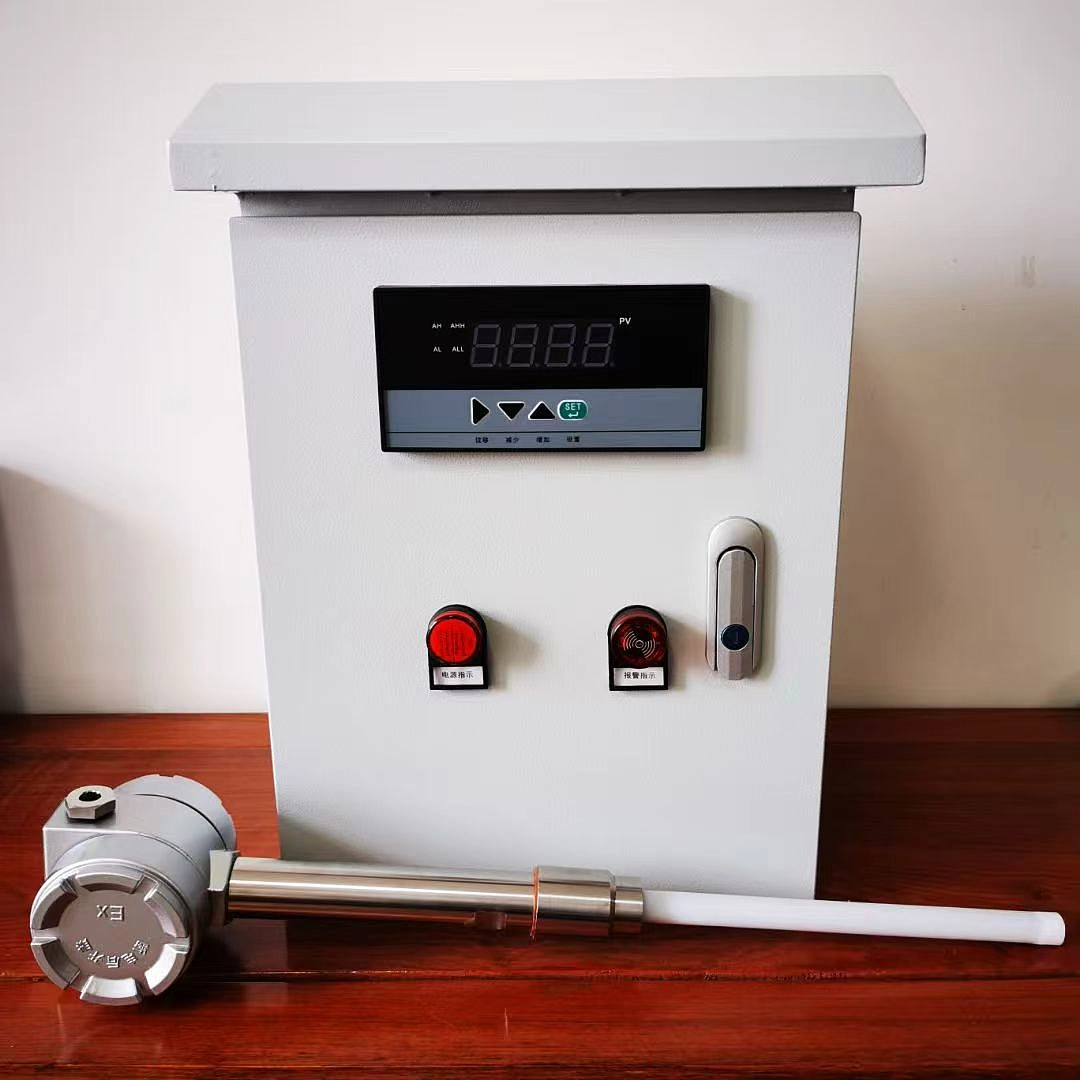
How to Choose the Right Dust Monitoring Equipment
Choosing a suitable dust monitor can save you a lot of potential dangers and troubles. Based on Sino-Inst’s many years of service experience, we recommend that you consider the following factors:
Detection principle: There are many detection principles for dust concentration detectors, such as laser scattering, airflow method, mass method, etc. Understand the type and size range of particles you need to detect, and choose the appropriate detection principle according to the application scenario.
Measurement range: Different dust concentration detectors have different measurement ranges. Make sure that the measurement range of the selected device is suitable for your detection needs.
Accuracy and resolution: Choose a device with accuracy and resolution that meets your needs to ensure the reliability and accuracy of the measurement results.
Application scenario: Choose the right device according to the application scenario, for example, in an industrial environment, you may need a device that is resistant to high temperature, high humidity, and anti-interference. For outdoor use, waterproof, dustproof and portability are also factors to consider.
Data output and communication: Understand the data output format of the device and whether it supports integration with other systems. Some devices support wireless transmission, such as Bluetooth or Wi-Fi, which can achieve remote monitoring and data analysis.
Brand and after-sales service: Choose equipment with well-known brands and excellent after-sales service to ensure product quality and service life.
Budget: Consider the price and performance of the equipment and choose the right equipment according to the budget.
Certification and standards: Make sure the equipment meets the certification and standard requirements of relevant countries and industries.
Based on the above factors, you should be able to choose a suitable dust detector by comparing different models and brands of dust concentration detectors. Alternatively, you can also contact our Sino-Inst sales engineer directly. We will select or customize the most suitable product for you!


